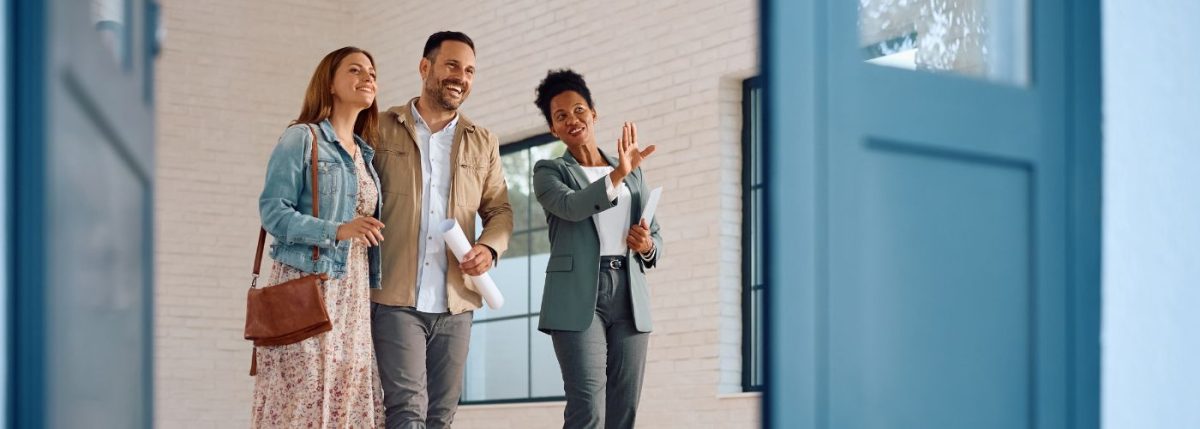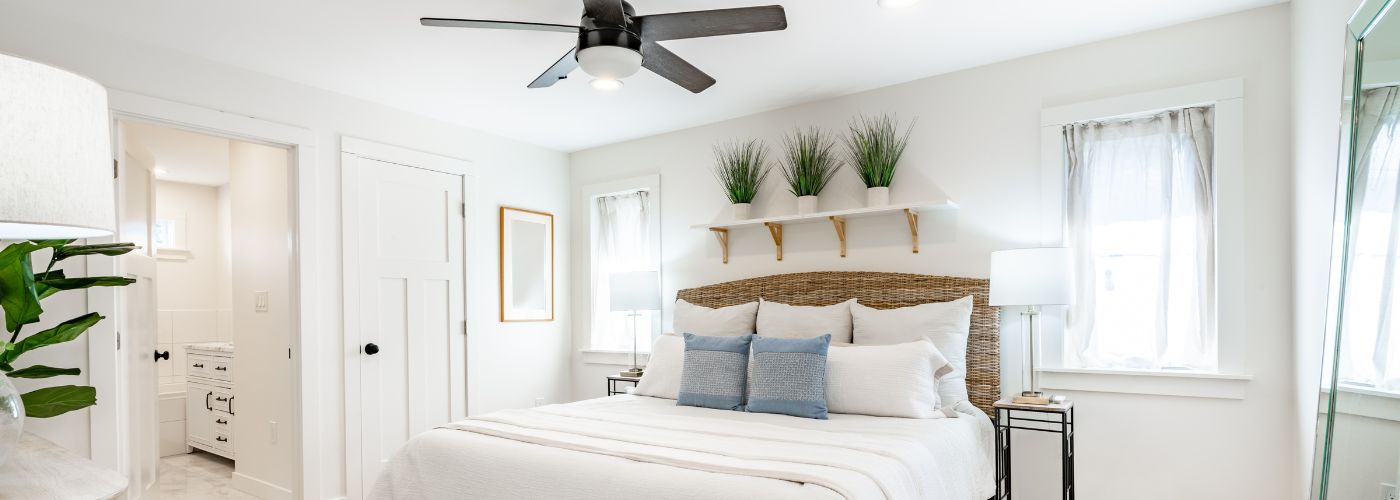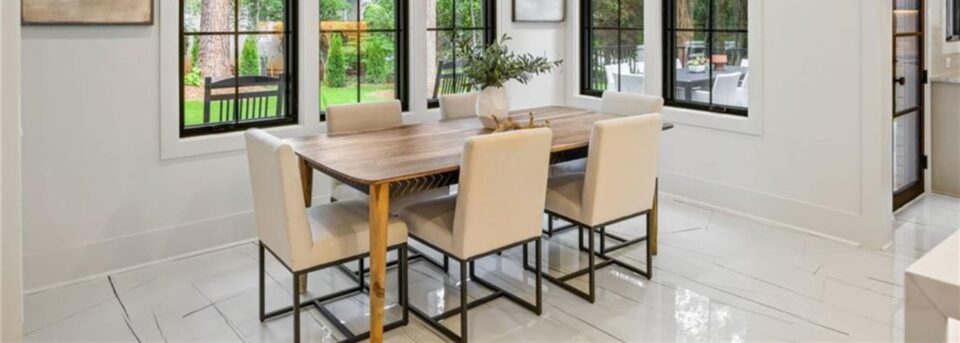How To Do A Home Staging Consultation

Home staging consultations are a strategic way to present your home in its best light, helping potential buyers envision living there. A successful consultation involves clear communication, a thorough assessment, and practical advice that aligns with the homeowner’s goals.
Here’s a comprehensive guide to ensuring the effectiveness of your home staging consultation. It covers essential questions to ask and considerations throughout the process.
Important Questions To Ask In Staging Consultations
Before diving into the consultation, it’s crucial to establish an open dialogue with the homeowner. Asking targeted questions helps uncover their expectations, preferences, and unique concerns. Here are some key questions to guide your discussion:

- What are your main goals for staging? Understanding whether the client aims for a quick sale, a higher selling price, or a more competitive appeal can help shape your approach.
- What is your timeline for selling? The staging plan will vary significantly if the home needs to be listed immediately versus several months later.
- Are there any specific areas of your home you’re particularly proud of or concerned about? This question can highlight spaces the homeowner values and may need extra attention.
- Have you ever staged a home before? Knowing the client’s experience level allows you to adjust your explanations and recommendations accordingly.
- What is your budget for staging? Establishing clear budget expectations is essential to ensure your solutions are feasible.
How Do You Determine Which Areas of My Home Need Staging?
Identifying the key areas for staging depends on factors like the layout, the home’s condition, and current market trends. To assess which spaces need focus:
- Conduct a Walkthrough: Walk through the entire home, taking notes on spaces that draw attention or need enhancements. Pay special attention to high-impact areas such as the living room, kitchen, and main bedroom.
- Prioritize Curb Appeal: The house’s exterior is the first thing potential buyers see. Make recommendations for sprucing up the entrance, landscaping, and outdoor living spaces.
- Evaluate Focal Points and Flow: Look at how rooms connect and whether focal points are properly highlighted. Consider how furniture placement influences the natural flow between rooms.
- Assess the Condition: If there are any repair needs or signs of wear, include these in your recommendations. Staging isn’t just about aesthetics—it’s about presenting the home as well-maintained and move-in ready.
 What Budget Ranges Do You Typically Work With?
What Budget Ranges Do You Typically Work With?
Budget is often a decisive factor in how comprehensive a staging project can be. To address this:
- Offer Tiered Packages: Providing different pricing tiers helps clients understand what they can expect for their budget. A basic package may include decluttering and minor rearrangements, while higher-end packages could involve renting furniture and detailed decor work.
- Discuss Cost-Effective Tips: Share strategies for impacting a smaller budget, such as using the homeowner’s existing furniture or focusing on key rooms only.
- Transparency in Fees: Be upfront about your consultation fee, additional services, and potential rental costs for items like furniture or art. This transparency helps build trust and ensures no surprises later on.
Do You Plan to Market My Home After Staging?
Marketing the home post-staging can be an added advantage and something you should discuss with clients:
- Explain How Staging Enhances Marketing: Staging not only beautifies the home but also aids in taking professional photos that make listings stand out online.
- Collaborate With Realtors: If your services include marketing assistance, outline how you plan to collaborate with the client’s real estate agent to promote the home.
- Social Media and Virtual Tours: Discuss if your staging package includes sharing photos on social media or setting up virtual tours to expand the home’s reach to potential buyers.
Does Your Company Provide Furniture or Decor Items?
The availability of furniture and decor can be a dealmaker or breaker for many clients. Make sure to clarify:
- In-House Inventory: Mention if your company maintains a collection of staging furniture and accessories that can be rented as part of the staging service.
- Third-Party Rentals: If you don’t have your inventory, explain how you partner with rental companies and what that process entails.
- Mix of Existing and New Items: Often, a mix of the homeowner’s furniture and rented pieces achieves the best results. Talk about integrating existing items with new decor to create a cohesive look. Focus on what the owners need most.
Do You Offer Support After The Consultation Is Done?
After the initial consultation, the client may need continued support or have questions. Consider offering:
- Follow-Up Visits: This service could involve checking in to see how changes have been implemented and making final adjustments before listing the home.
- Phone or Email Support: Providing follow-up communication options is helpful for clients who want reassurance or further advice as they make changes.
- DIY Recommendations: Supplying a checklist or guide for DIY staging for budget-conscious clients can keep them on track and minimize the need for additional in-person services.
A successful home staging consultation prepares a house for sale and educates and supports homeowners through the process. By asking the right questions, evaluating each area effectively, clarifying budget expectations, offering post-consultation support, and incorporating marketing plans, your consultation can set the stage—literally and figuratively—for a successful sale.

 What Budget Ranges Do You Typically Work With?
What Budget Ranges Do You Typically Work With?

